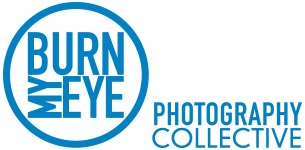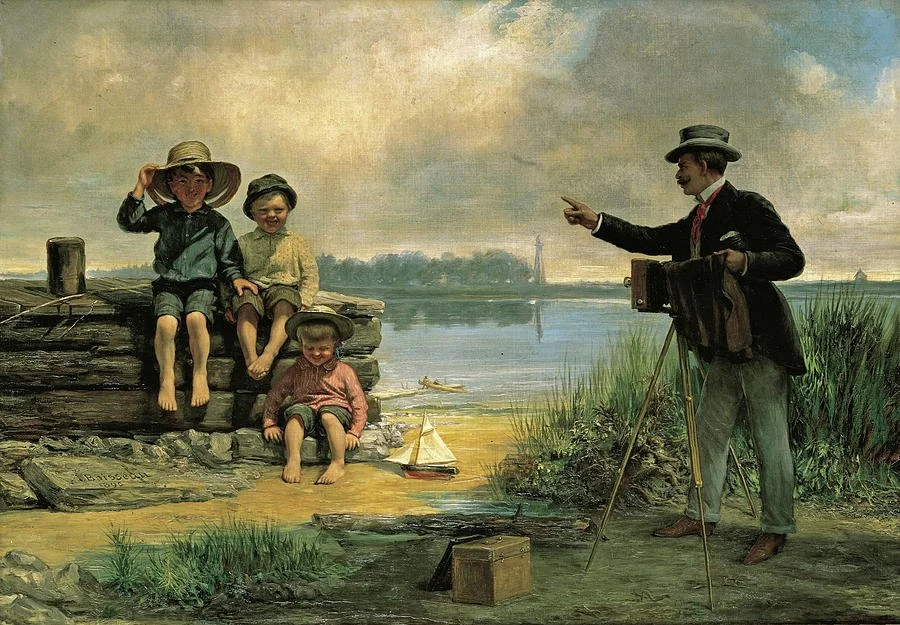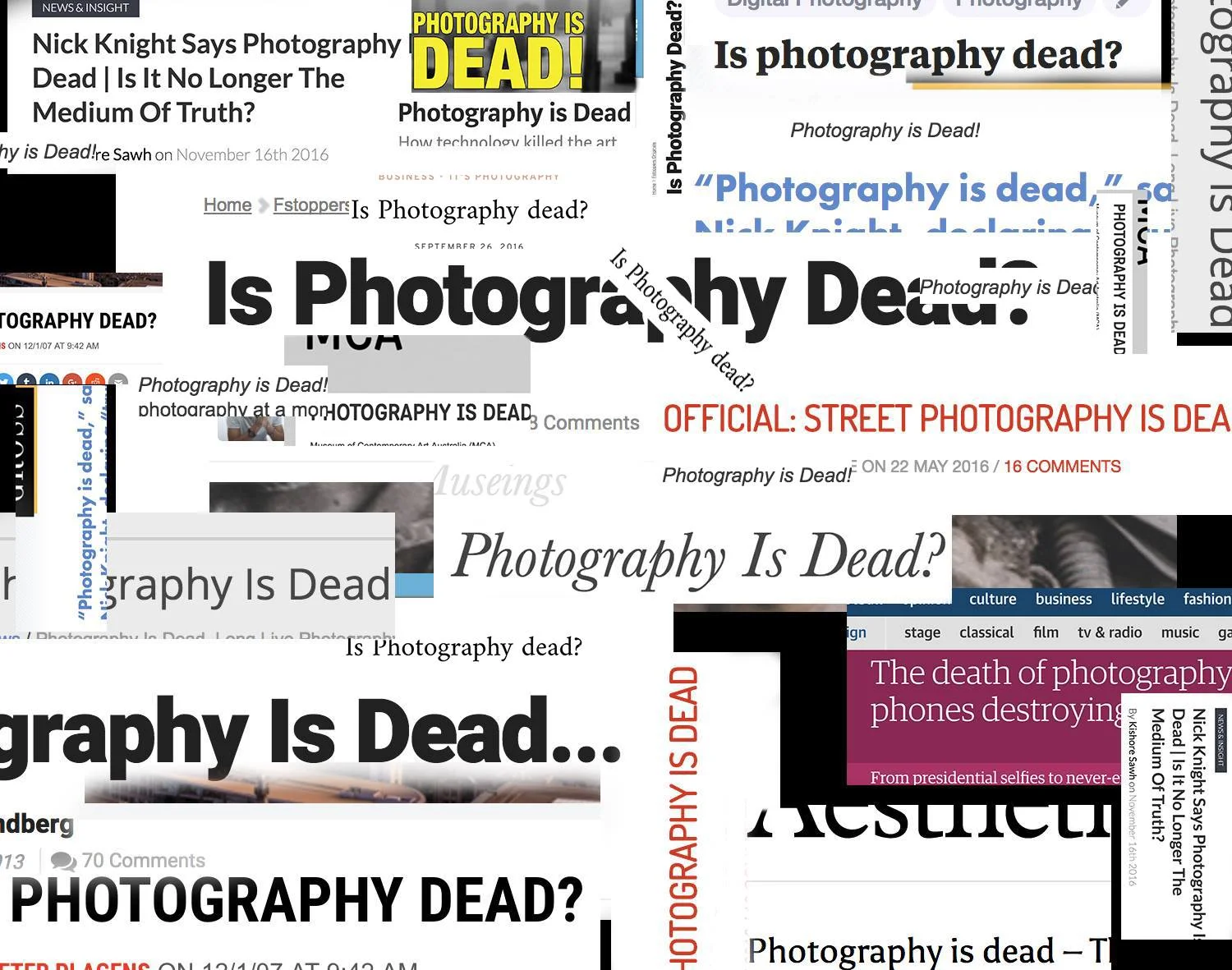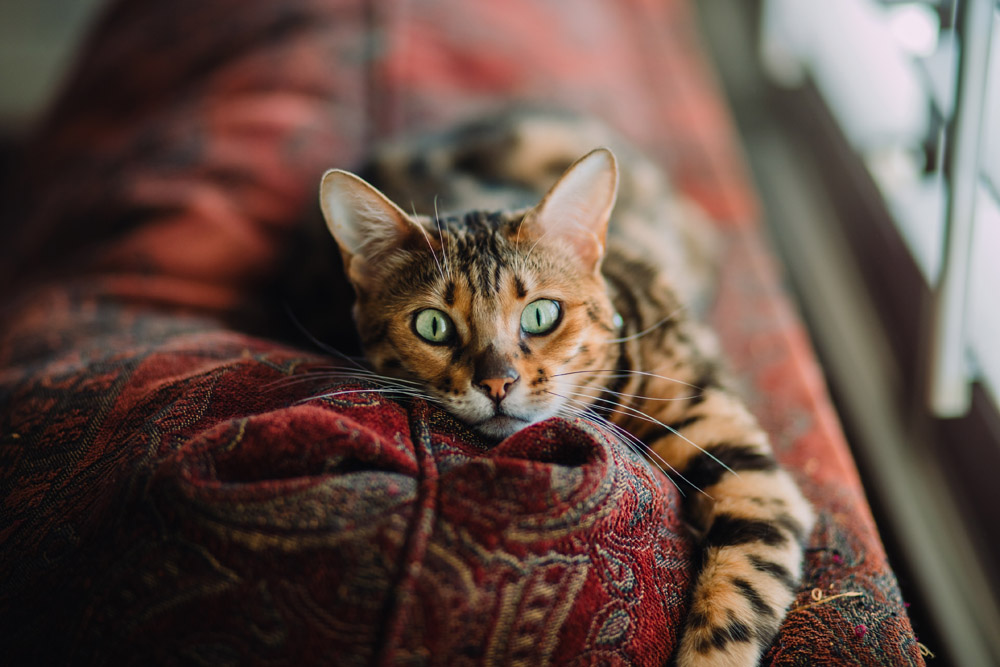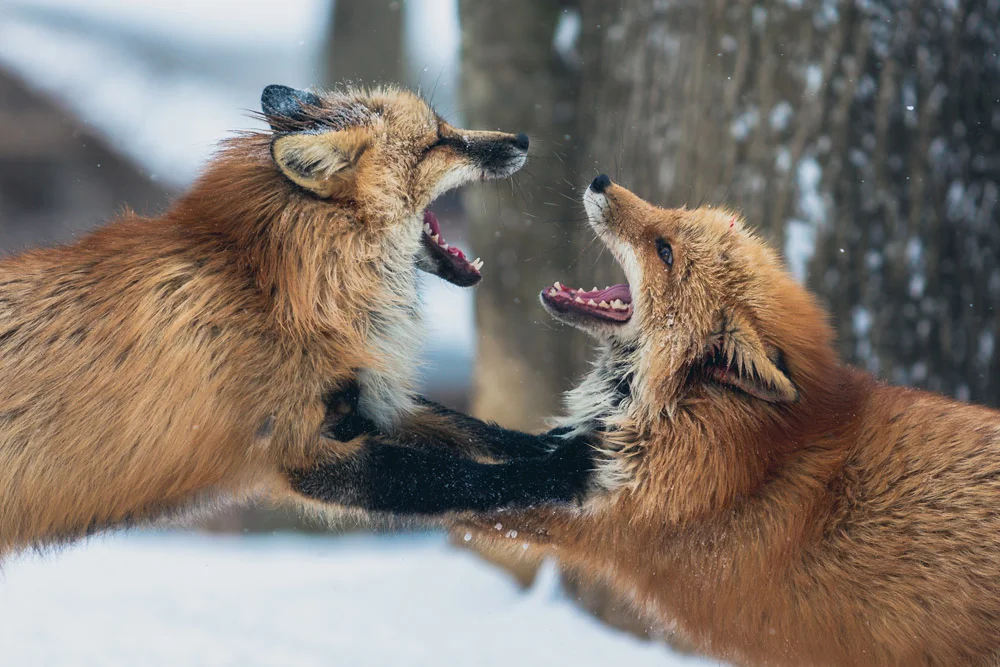Daido Moriyama busy not personing in a Shinjuku bar. Photo by the TC Lin.
Writen by TC Lin
Are you into photography? Do you like to person? Do you like to do both at the same time?
When I say “into” photography, I don’t mean someone who has/desires a great deal of gear, or someone who knows all the best places to find the best birds/orangutans/fire escapes, nor am I talking about dudes who take thousands of photos of women models in studios and random parks. I’m talking about people who are afflicted with the condition where they can’t not see photographs everywhere they go, even if they don’t have a camera at hand.
Another group I’m not talking about: Those who “got into” photography when it became the hot thing with the popular kids a few years ago (featuring skateboarders, that oft-used demographic every large corporation knows is perfect for bringing “the youth” into the fold for effective consumerism). I won’t waste my time because soon enough you’ll be saying things like “I just haven’t had time to go out shooting” and “There’s just nothing going on here” when something else comes along. Whenever I hear those phrases, I recall my ophthalmologist’s advice that I really need to stop rolling my eyes. Just admit it: You are not really into photography. But hold up: That’s great! It’s not an insult; it’s a compliment. Congratulations, because, as it turns out, being really into photography (as opposed to being a professional photographer, which is often a different thing), can be rough.
What could I possibly mean by this? Isn’t “everyone a photographer” these days? Don’t most people have a capable camera in their phone or around their neck? How do these people people, as it were?
Let’s say you are with other people. It doesn’t matter if you’re walking, eating, in a car, on a bus, in a meeting, having sex, or paragliding, or all of those at the same time (which admittedly sounds like one hell of a party). Do you remain committed to maintaining your interaction with them, or do you remain open to all of the potential photos happening around you?
Most normal people opt for the former. Obviously. Even in the unlikely event that you can engage with your companions as well as paying sufficient attention to your surroundings, what happens when a photograph become apparent to you? Do you maintain eye contact? Try and keep the conversation going? Think up an excuse to leave suddenly?
Again, for most people, the conversation is their literal focus. Most non-photographers, regardless of the photographic machinery they may have on hand, aren’t even looking. Of those who are looking, most ignore it. Of those who can’t ignore it, most watch helplessly as the photograph disappears while they try to keep their attention on the other people. Of those who make an attempt to socially disengage in order to make the photograph, most will be too late as well as flustered from resisting the ancient DNA-level code of Not Being an Asshole to one’s tribe. And those who just go take the damn picture are of course rude, self-centered malcontents who think their so-called “art” is more important than the actually important matters their companions are earnestly discussing with them at the time of the aforementioned abscondment.
“But TC,” you say, “I’ve found the Perfect Friends/Significant Other who is perfectly fine with me shooting anything I want at any time!”
That’s great! I’m sure they’re very nice, lovely, accommodating people who are really into you, and willing to put up with this behavior in order to be around you. I’m jealous, truly I am. Perhaps they even point out little scenes they think you’d be interested in, even though you aren’t because they can’t actually know what you see, and by the time you’ve followed their pointing finger and excited, slightly patronizing tone that of course has alerted the denizens of said scene to your attention, it has vanished. But I’ll bet a reasonable amount of money that they in fact hide their dismay when you display in a most abrupt fashion how much more devoted you are to some imagined, phantom scene than you are to really being truly “with” them.
That they’re willing to go through that for you is admirable. But perhaps, just perhaps, they’ll eventually get to wondering exactly why you can’t deny yourself this stupid photography shit in order to be with them. It’s not like you’re exactly famous or really any good at it. Which is most likely true, because in their eyes you can’t be good until you’re famous, and becoming a Famous Photographer is not only nearly impossible, it almost by definition disallows continuing to be into photography, because you need to person. If they don’t want you to give up photography for them, they will almost certainly try to steer you into a more lucrative, “useful” form of it. Again with the personing, extreme personing in this context, because lucrative photography is generally more about the lucrative part than the photography part. Can you schmooze? I mean, are you really good at it? Here, I’ll just take that camera; you won’t be needing it. Your attention is elsewhere. Go person.
This condition, of being disconnected enough from the tangled skeins of social obligation in which most people are ensconced that you are able to readily observe the things around you, can wear you down if you let it. Someone is always in the way, if not physically then mentally, assuming that you are engaged in the conversation or whatever else that may going on. People see you as off in the clouds somewhere when you are actually as present in the world as they are, just in a different way. They don’t notice the man quietly sobbing in the corner, the cat perched precariously on the railing, the estranged couple maintaining an awkward distance in the park, or the factory lazily polluting the river. And you don’t notice the latest gossip, that thing we have next week, or that horrible insult someone said that might mean something else. You’re there, but not in the “right” way. Not for personing.
Some extremely talented photographers in the past have obviously been the kind of “difficult” individuals I’m talking about, but by definition and due to survivor bias, the ones we know of are the ones who had special ways to deal with it. Many, such as Cartier-bresson and Eggleston, were independently wealthy when they started out, and just DNGAF. Others like Robert Frank, Eugene Smith and Garry Winogrand failed spectacularly at maintaining the relationships in their lives.
Of course there are many successful photographers who are friendly, engaging, well-adjusted individuals with happy friends and families. That’s great. I’m happy for them…mystified, but happy. The rest of us are left with a sense of not quite belonging to the world we are so intent on observing because, were we capable of belonging, we would no longer see it. Some of the photos resulting from this state might happen to be interesting, but nobody will know or care because we cannot person*.
So what can we do? Don’t worry; all is not lost. While we may not be able to ignore the draw of photography, we might be able to control how much we care about superficialities, things that are on the surface at least tangentially related to this Thing We Can’t Not Do, but in reality just drag us down…things like social media addiction to likes and faves, trying to be noticed and published, things like gear obsession and one-upsmanship. Take that time and use it better; instead of clinging to the impossibility of being universally adored, try to make friends with a few like-minded souls instead of just anyone you think will advance your social status. Recognize, explore and embrace your own instincts and inclinations. Be there for yourself. Person for yourself.
If we simply value being as open and genuine as possible, we might stand a chance of getting through all this with some semblance of sanity. And maybe, just maybe, collect a few good shots along the way.
*Of course, if you’re “lucky”, after you’ve died someone might buy your photos at an auction and “discover” you, now that your difficult ass is safely beyond having to deal with.
